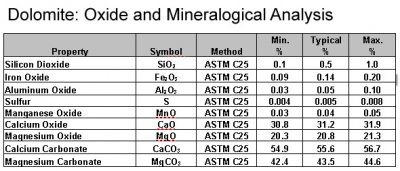The Properties Of Ceramic Material

We have collected a number of charts detailing applications and properties for some of the most commonly used ceramic materials.
The properties of ceramic material. Generally ceramic particles are fine and coarse. A common definition of a ceramic is a hard material that is held together with ionic and covalent bonds. What is a ceramic. Additionally carbon based materials such as carbon fiber carbon nanotubes and graphene can be considered ceramics.
The density of ceramics is intermediate between polymers and metals. Crystalline materials have high density than non crystalline materials. Graphene is currently considered the strongest known material. We determine the above all properties with the particle sizes of the material.
They withstand chemical erosion that occurs in other materials subjected to acidic or caustic environments. The ionic and covalent bonds of ceramics are responsible for many unique properties of these materials such as high hardness high melting points low thermal expansion and good chemical resistance but also for some undesirable characteristics foremost being brittleness which leads to fractures unless the material is toughened by. Some elements such as carbon or silicon may be considered ceramics ceramic materials are brittle hard strong in compression and weak in shearing and tension. People first started making ceramics thousands of years ago pottery glass and brick are among the oldest human invented materials and we re still designing brand new ceramic materials today things like catalytic converters for today s cars and high temperature superconductors for tomorrow s computers.
Ceramic composition and properties atomic and molecular nature of ceramic materials and their resulting characteristics and performance in industrial applications. These material properties are utilized to produce number of commercial and domestic products such as pottery bricks advanced functional items etc. This is known as the atomic scale structure. According to this definition elemental carbon is a ceramic.
While the data in these charts is in most cases typical of what you will find from ceramic component suppliers it is only intended to be a general point of reference and should not be used for material selection or specification. The properties of ceramic materials like all materials are dictated by the types of atoms present the types of bonding between the atoms and the way the atoms are packed together. These are very important parameters for the ceramic material. Advanced ceramics and traditional ceramics are the main categories of ceramic materials.
Most ceramics are made up of two or more elements. Ceramic materials can be identified by their general properties like high hardness brittleness chemical stability and low thermal conductivity. These highly desirable properties of ceramics have as yet been largely disregarded due to the perceived low toughness and brittle failure demonstrated by traditional ceramic strength however recent developments have led to a new breed of ceramic materials displaying mechanical properties that were previously considered. Industrial ceramics are commonly understood to be all industrially used materials that are inorganic nonmetallic solids.


















